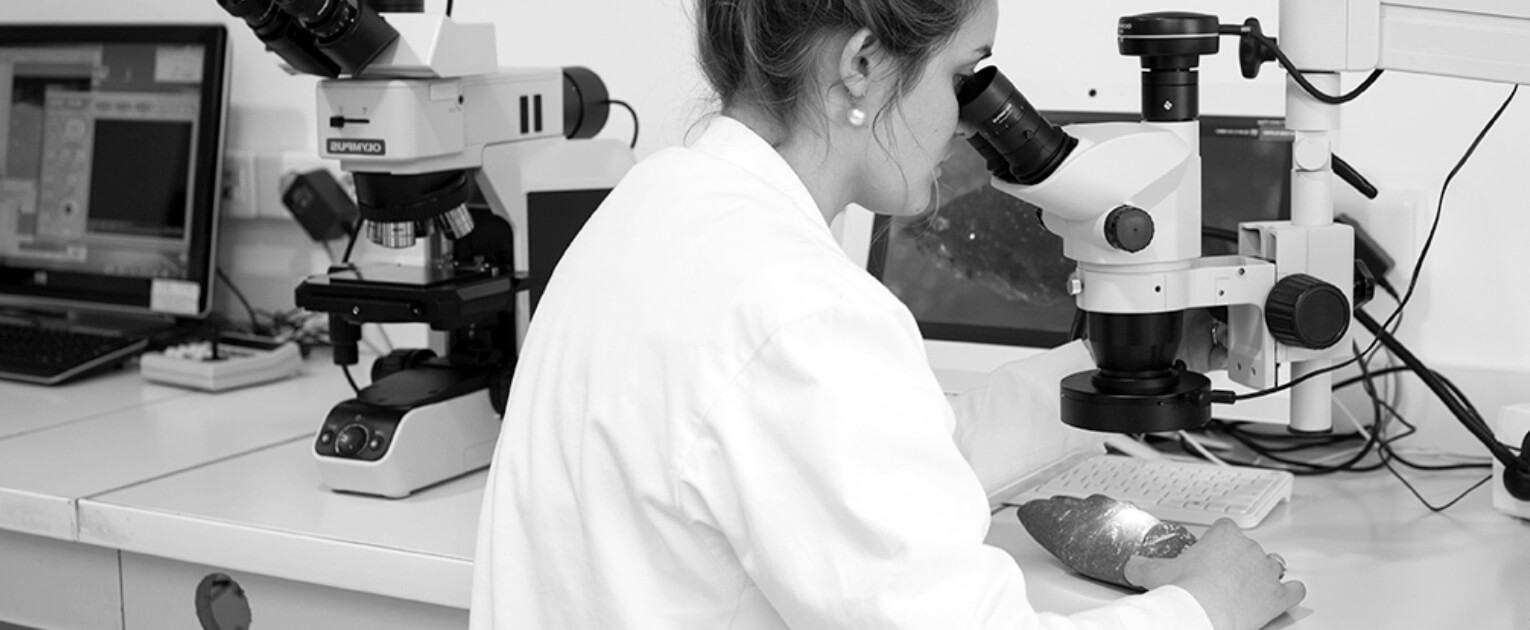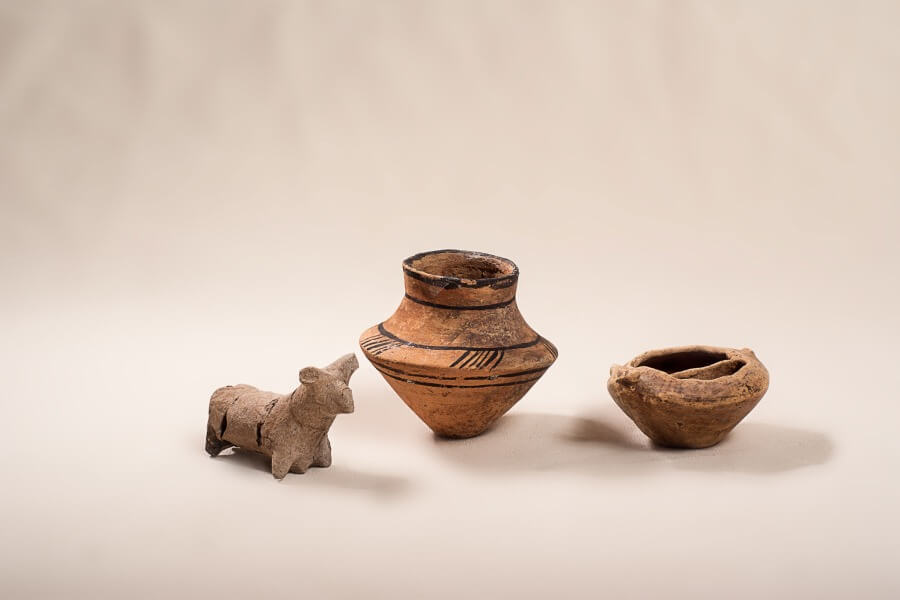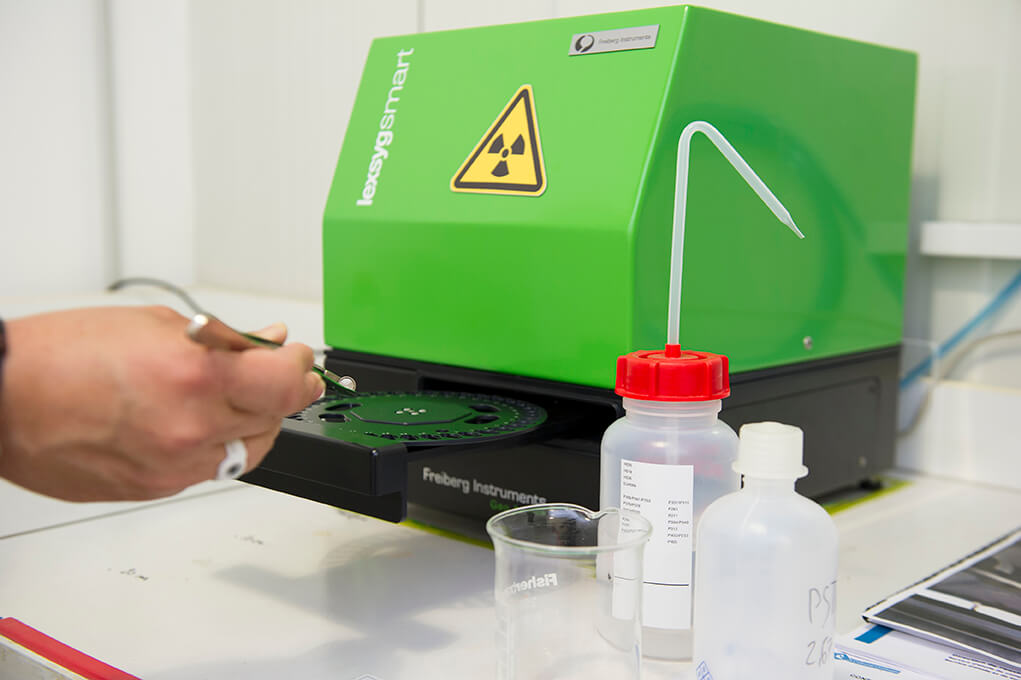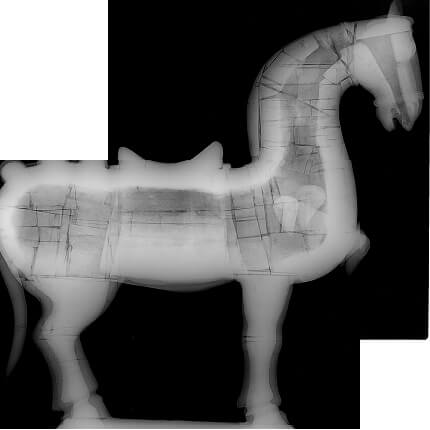
THERMOLUMINESCENCE DATING TL / OSL
With thermoluminescence (TL) dating, our scientists date terracotta, ceramics, but also heated minerals. In addition, our researchers use optically stimulated luminescence (OSL) to date sediments or any insolated minerals.
CIRAM luminescence dating
Thanks to our teams of scientists and state-of-the-art technology, CIRAM laboratories are the only ones to offer TL and OSL thermoluminescence dating similar to public laboratories. Discover our fields of application for the dating of your archaeological objects.
The principle of luminescence dation
Our scientists measure the energy accumulated by crystals (feldspars and quartz) present in terracotta or sediment. This amount of energy is proportional to time and is released by heat input (TL) or light input (OSL). The time zero of the TL is the last firing, or the last heating in the case of a hearthstone for example. The instant zero of OSL is the last exposure, i.e., the last time the crystals were exposed to light.
Procedures for a TL dating of a museum object will differ from those for an object found in an archaeological context.

Thermoluminescence dating, a state-of-the-art analysis
To perform thermoluminescence dating requires a combination of:
- Scientists able to perform the collection of archaeological and sedimentary material in the best conditions to obtain an accurate sample;
- Advanced technology to obtain accurate and reliable dating with TL-OSL LexySmart devices;
- Adherence to protocols and methodological procedures similar to public laboratories.

What are the differences between TL dating and TL testing?
The measurement of the archaeological dose
The archaeological dose or equivalent dose or natural dose is the amount of energy stored in the crystals since the last heating or exposure. It is measured in our laboratories with a TL/OSL device (LexsygSmart).
For a TL test, the samples will only undergo chemical treatments to remove potential pollutants (carbonates and organic matter). For a TL dating, in addition to chemical treatments, the samples will undergo particle size sorting, in order to select the fraction between 40 and 120 µm.
For a TL test, we will analyze 4 aliquots per sample. For a TL dating, we will measure at least 40 aliquots per sample.
The annual radiation dose
The annual dose is the dose of irradiation received by the material every year. This irradiation comes from the object itself (self-irradiation), from the close environment up to 1 m from the object, and from cosmic radiation. Consequently, the value of the annual dose can vary strongly from one context to another. Our researchers measure this quantity of irradiation by determining the concentration of radioelements (uranium, thorium and potassium) in the object and its environment. By dividing the archaeological dose by the annual dose, we obtain the age of the last heating or insolation.
A TL/OSL dating will include the measurement of the annual dose. It is from these two quantities that our teams of scientists are going to be able to provide a reliable and accurate dating of an archaeological artifact.
The TL test is going to estimate the annual dose value. The scientific literature indicates that the annual dose generally varies between 3 and 5 mGy/year. Therefore, an annual dose value will be chosen, in order to estimate the age of a ceramic. It is therefore more of an age estimate than a real absolute dating.
X-ray and CT scan as a complement to thermoluminescence
To complete the dating or TL test, it may be worthwhile to perform an X-ray or CT scan. These methods provide additional information about the object such as its state of preservation, method of manufacture, areas of restoration or even the function of the piece.

Accurate dating and characterization techniques with CIRAM
CIRAM laboratories combine all techniques to obtain maximum information on your art objects or remains found in an archaeological context. Carbon-14 dating, thermoluminescence dating, imagery and interpretation by scientists in the laboratory, we adapt to the objects as well as to your requests.
> Discover all of our methods for the analysis and dation of your objects:
